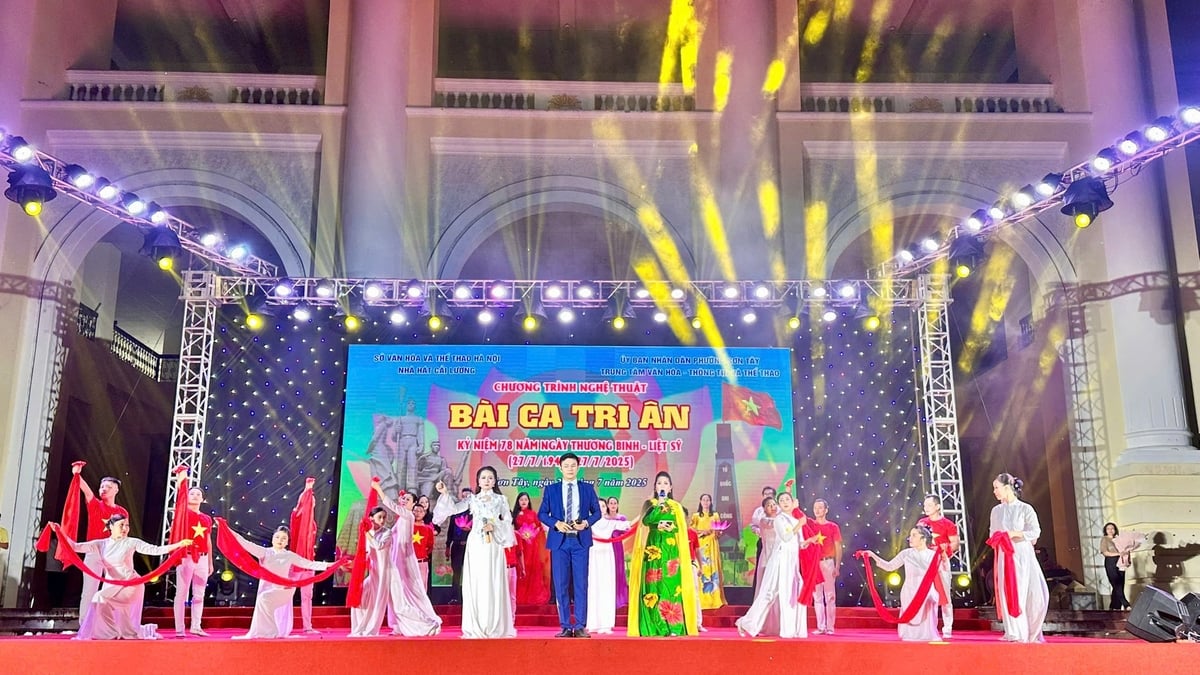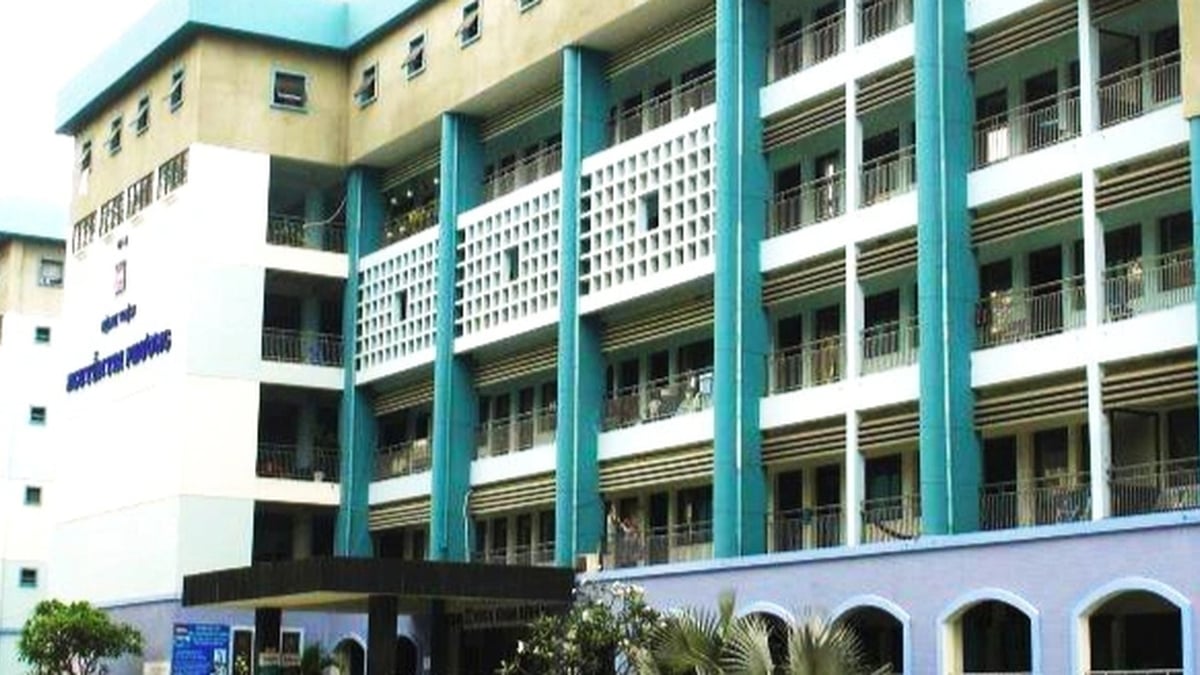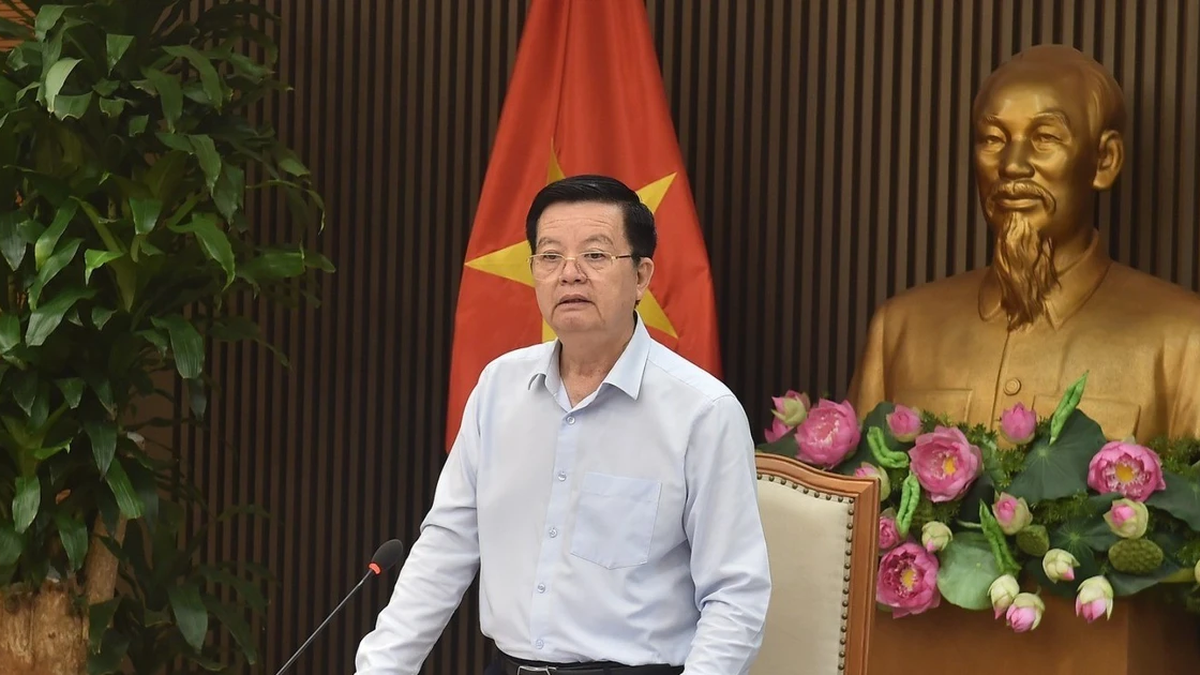That was the affirmation of the Thang Long - Hanoi Heritage Conservation Center on December 21, at the scientific workshop "Preliminary report on the results of the exploratory excavation of the Kinh Thien main palace area in 2023 and the results of excavation and research from 2011 to present at Thang Long Imperial Citadel".
Many new documents are highly authentic
From 2011 to present, the Thang Long - Hanoi Heritage Conservation Center has coordinated with the Institute of Archaeology (Vietnam Academy of Social Sciences) and the Vietnam Archaeological Association to conduct archaeological excavations in the Central area (Kinh Thien Palace area) with a total area of over 10,000m2. The excavations have achieved great results in understanding the outstanding global values of the World Heritage Site of the Central Area of the Imperial Citadel of Thang Long - Hanoi, and at the same time, collected many new documents of high authenticity contributing to the research and restoration of Kinh Thien Palace.
The excavation results have identified a rich system of relics and artifacts and initially identified part of the architectural structure of the Kinh Thien Palace area during the early Le Dynasty (15th century - early 16th century) and the Later Le Dynasty (17th - 18th century), including the Kinh Thien Palace, the Royal Road, the Dai Trieu courtyard, the gate, the surrounding wall and the surrounding corridor.

In 2023, the Organizing Committee conducted an exploratory excavation in the northeastern area of the Kinh Thien Palace relic with a total area of more than 1,000m2 at 3 locations: the Operations Department, the Kinh Thien Palace foundation and Hau Lau. As a result, in the excavation pit on the north side of the Operations Department house, some sections of the Dan Tri yard, traces of the Royal Path, and architectural foundations of the Ly Dynasty were discovered. The location south of Hau Lau revealed 2 architectural layers of the Le Trung Hung period (17th - 18th century) and Le So period (15th - 16th century). The Le Trung Hung period and the Tran Dynasty (13th - 14th century) included paths, brick foundations, column foundations, foundations, etc. The above vestiges are related to the vestiges excavated in 2021, related to palaces of many periods in this area.
At the location on the foundation of Kinh Thien Palace, exploratory excavations have revealed architectural traces of the Nguyen Dynasty (19th - 20th century), the Le Trung Hung Dynasty (17th - 18th century) and the Le So Dynasty (15th - 16th century). Basically, the excavation has provided two important pieces of information: the structure and foundation of the main Kinh Thien Palace during the Le Dynasty and the Le Trung Hung Dynasty, 17th - 18th century. Besides the architectural traces, the excavation also collected many types of brick, tile, glazed ceramic and earthenware relics related to the architectural development and life of the Royal Palace here.
Heritage interpretation, towards restoration of Kinh Thien Palace
According to Associate Professor, Dr. Tong Trung Tin, Chairman of the Vietnam Archaeological Association, archaeology at the Kinh Thien Palace foundation area in 2023 has obtained extremely important results. That is, the foundation layer of the palace is over 3m thick with continuous cultural layers from the Nguyen Dynasty to the early Le Dynasty. In the cultural layer, part of the vestiges of Long Thien Palace of the Nguyen Dynasty and Kinh Thien Palace of the Le Dynasty have been identified. This shows that the vestiges of the main palace are still very well preserved underground.

To promote the value of the relic, on this occasion, the Thang Long - Hanoi Heritage Conservation Center coordinated with the Institute of Archaeology to select two typical excavation pits, accurately and vividly reflecting the vestiges of the Kinh Thien Palace during the Le Dynasty for on-site display and organized an image exhibition "Results of archaeological research during the Le Dynasty at the Central Area of the Imperial Citadel of Thang Long - Hanoi from 2011 to present". The organizing committee affirmed that this is a systematic research exhibition, emphasizing the accuracy of the relics and artifacts combined with interpretation through 2D and 3D images, the exhibition shows 3 main issues: Central axis layout and space of Kinh Thien Palace; floor plan structure of Kinh Thien Palace during the Le Dynasty; typical artifacts explaining the palace architecture in the Central area.
In the coming time, the Organizing Committee will develop an “Archaeological Strategy in the Central Axis of Thang Long Imperial Citadel” focusing on the Kinh Thien Palace and the Kinh Thien Palace space; research the Inner Palace area (behind the Kinh Thien Palace) where the king worked daily. It is expected that these research results will contribute significantly to providing an authentic basis for the heritage interpretation strategy and towards the restoration of the Kinh Thien Palace and the Kinh Thien Palace space.
Source



























![[Photo] National Assembly Chairman attends the seminar "Building and operating an international financial center and recommendations for Vietnam"](https://vphoto.vietnam.vn/thumb/1200x675/vietnam/resource/IMAGE/2025/7/28/76393436936e457db31ec84433289f72)






































































Comment (0)